Sandra Ryan speaks to Consultant Haematologist Dr Larry Bacon about CAR T-cell therapy and reports on recent research which shows its benefits in the treatment of certain blood cancers
The 2019 annual meeting of the American Society of Haematology (ASH), held on 6-10 December, was focused on what was described as “the next big thing” in blood cancers — CAR T-cell therapy, a single-infusion treatment which relies on a patient’s own immune system cells to battle cancer.
Chimeric antigen receptor (CAR) T-cell therapy has been hailed as a major advance in haematology — in 2018, the American Society of Clinical Oncology (ASCO) named CAR T-cell immunotherapy as its ‘Advance of the Year’. The therapy has shown significant achievements in certain types of blood cancers, and efforts are now also underway to turn CAR T-cells against multiple types of cancer, including solid tumours.
Turning the body’s immune system against cancer is not a new idea, but what makes CAR T-cell therapy revolutionary is that the treatment involves extracting immune cells from a patient, genetically altering them to better recognise and battle a particular cancer, and then inserting them back into the body. CAR T-cell treatment has been described as cell therapy, gene therapy, and immunotherapy all rolled into one.
Dr Larry Bacon, Consultant Haematologist at St James’s Hospital, Dublin, explained to the Medical Independent that the process involves bolstering a patient’s T-cells that are withdrawn in a blood sample.
After a patient’s cells are withdrawn, they are primed in a laboratory to recognise and attack cancer through a genetic modification process that causes T-cells to express a receptor on their surface. The special receptor is known as the chimeric antigen receptor, or CAR. The cells’ receptor is engineered to bind to a protein on cancer cells known as CD19.
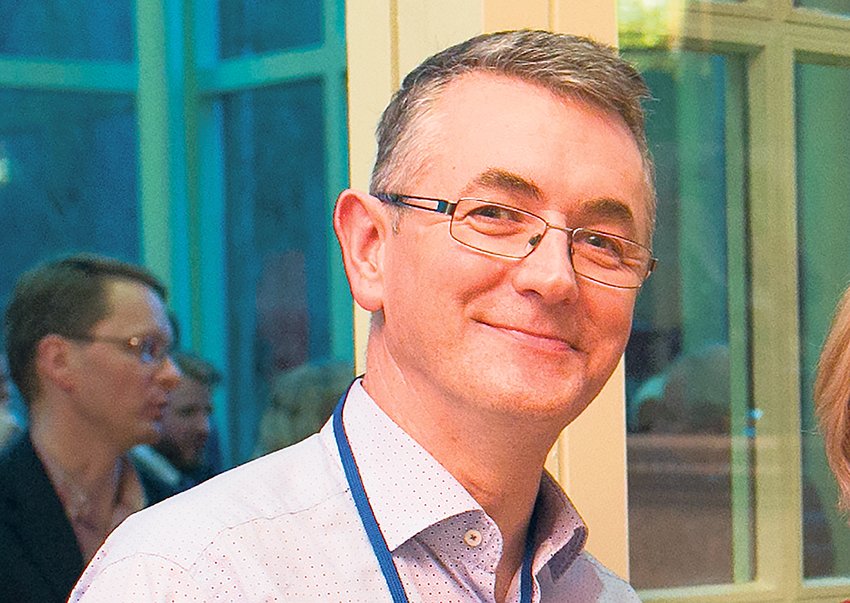
According to Dr Bacon, CAR T-cell therapy represents hope for patients with B-cell lymphoma who have failed all other treatments. In the EU, two CAR T-cell therapies are licensed for use: Kymriah (tisagenlecleucel), and Yescarta (axicabtagene ciloleucel).
Kymriah is indicated for the treatment of paediatric and young adult patients (up to 25 years of age) with B-cell acute lymphocytic leukaemia (ALL) that is refractory or in second or later relapse, and in adult patients with relapsed or refractory diffuse large B-cell lymphoma (DLBCL) after two or more lines of systemic therapy.
Yescarta is indicated for the treatment of adult patients with relapsed or refractory DLBCL and primary mediastinal large B-cell lymphoma (PMBCL), after two or more lines of systemic therapy.
According to Dr Bacon, innovative CAR T-cell therapy represents hope for blood cancer patients who have exhausted all other treatment options, but only if it is accessible. He explained that in clinical trials, CAR T has shown excellent remission rates in severe forms of blood cancer.
“This is particularly impressive, considering most CAR T-cell clinical trials recruit cancer patients that have not responded to many if not all other available treatments,” he said.
However, CAR T-cell therapy requires time — it takes some weeks in the lab to administer the treatment working with the patient’s extracted blood cells — and it is expensive. It is not currently available in Ireland as it has yet to be approved for reimbursement and the facilities are also not available to provide the treatment in this country. Patients requiring the treatment would have to travel abroad — or their blood would have to travel.
In Ireland, said Dr Bacon, about 20 patients with DLBCL would be eligible for this treatment, which he describes as a complex therapy that requires numerous support services for the patient in hospital, including from intensive care.
New research
New research on CAR T-cell therapy was presented at the 61st ASH annual meeting. ASH Secretary Dr Robert Brodsky, speaking to media at the conference, described why CAR T-cells have “captured the imagination of physicians and patients alike” for their “incredible efficacy” in treating B-cell malignancies like ALL and non-Hodgkin’s lymphomas.
Dr Brodsky also discussed some of the issues surrounding CAR T-cell therapy, including the time and expense that it takes to generate a CAR T-cell product for a specific patient.
It can take two weeks to make such a product, as the process has several key steps. Blood taken from the patient needs to be prepared, packaged, and sent to a specialised manufacturing facility, where the cells are genetically engineered and expanded in culture, and then the product — prepared specifically for that one individual — is transported back and administered to the patient.
“Only about two-thirds of patients enrolled in CAR T-cell trials will actually get the infusion because often, the disease will progress during the time that it takes to make a successful product,” he said.
However, new real-world data presented at the ASH conference suggests that CAR T-cell therapy may actually be cost-effective, as it may lower other expenses related to lymphoma.
When used in a population of older adults with non-Hodgkin’s lymphoma, these new data show that CAR T-cell therapy cut related expenditures compared with healthcare costs prior to receiving this treatment. “CAR T [-cell] therapy was associated with fewer hospitalisations, shorter time in the hospital, fewer emergency department visits, and lower total healthcare costs,” said lead study author Dr Karl Kilgore, PhD, of Avalere Health in Washington DC, US.
In the study, Dr Kilgore and colleagues evaluated the demographic and clinical characteristics of Medicare patients who received CAR T-cell therapy (axicabtagene ciloleucel or tisagenlecleucel) and then compared healthcare utilisation, costs, and outcomes pre- and post-CAR T-cell therapy.
“The goal of this study was to look at the real use of CAR-T cell therapy and real-world data on the use of these therapies,” said Dr Kilgore. “And to look at healthcare utilisation.”
Patients were included in the study if they had been diagnosed with lymphoma and received CAR T-cell therapy between 1 October, 2017, and 30 September, 2018. A total of 177 patients met all of the inclusion criteria and were included in the analysis.
The average age was 70 years; more than half (58.8 per cent) were male, and they were primarily white (87.6 per cent). Nearly all patients (91.5 per cent) had a primary diagnosis of DLBCL, as well as multiple comorbidities, with 74.6 per cent having a Charlson Comorbidity Index score ≥ 3. Fewer than 5 per cent of patients had undergone a previous autologous stem cell transplant, and 51 per cent had one or more comorbidities that would have disqualified them from participating in CAR T-cell clinical trials (ie, renal failure, heart failure, recent history of DVT/PE).
Just over half of participants (52 per cent) had been treated with intravenous chemotherapy in the six months prior to receiving CAR T-cell therapy, and 60 per cent received outpatient lymphodepletion.
During their index episode of care for CAR T-cell infusion, the patients spent a median of 16 days (interquartile range, 10) in the hospital and 45.5 per cent required ICU care after infusion. In the six-month period prior to CAR T-cell therapy (pre-index), 51.2 per cent had been hospitalised at least once, and almost 20 per cent had three or more periods of hospitalisation. Of that group, 27.1 per cent were readmitted during the post-index period. Among patients who required hospitalisation, the median length of stay pre-index was seven days, and five days post-index. The number of ED visits was also lower in the post- vs pre-index (15.8 per cent vs 29.9 per cent).
“Patients spent 17 per cent less time in the hospital six months after CAR T-cell therapy than before,” Dr Kilgore said.
As for cost, the median total healthcare costs during the pre-index period were US$51,999 (mean, 58,820; standard deviation (SD), 45,701) and US$14,014 post-index (mean, 23,738; SD, 29,698). This extrapolates into US$9,749 pre- vs $7,121 post-index for each patient per month, which is a 27 per cent decrease in expenditures.
Dr Kilgore believes that the key takeaway from this study is that the majority of participants — who were older and sicker than many enrolled on CAR T-cell clinical trials — did quite well.
“Diffuse large B-cell lymphoma is a disease that usually causes people to die quickly if they are refractory to multiple lines of therapy, so the six-month survival of 75 per cent in this patient population is impressive,” he said. “A large proportion of these patients are likely to have died had they not received CAR T-cell therapy.”

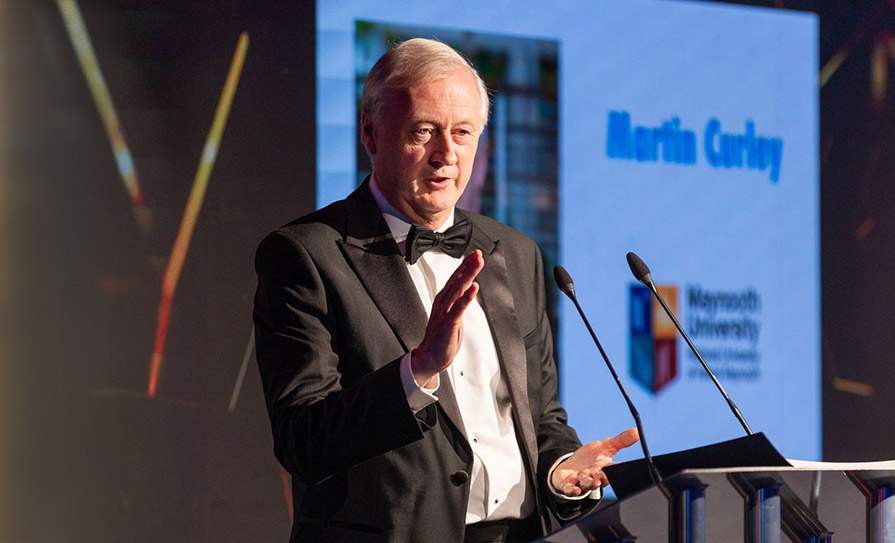
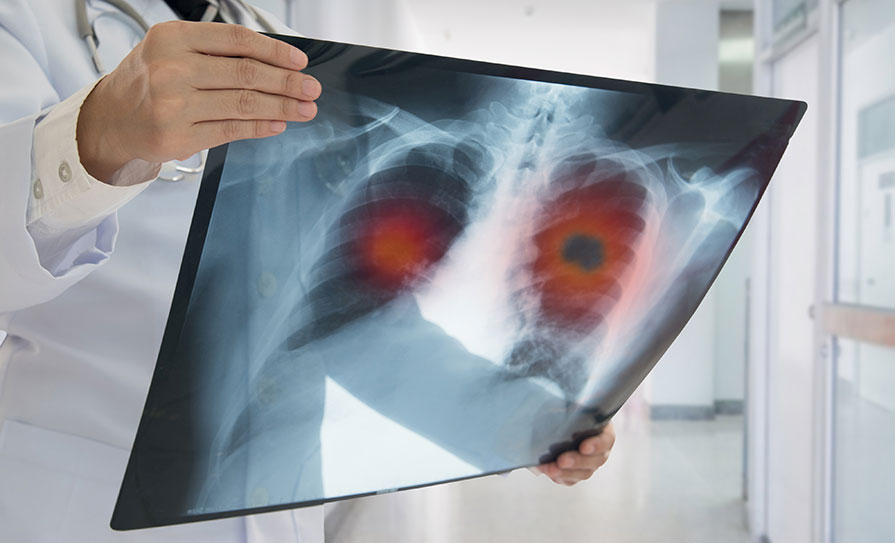
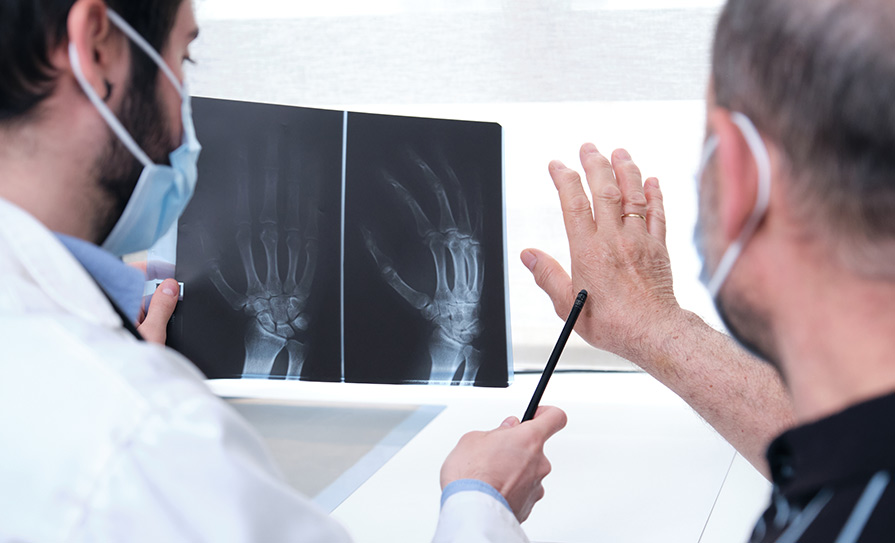
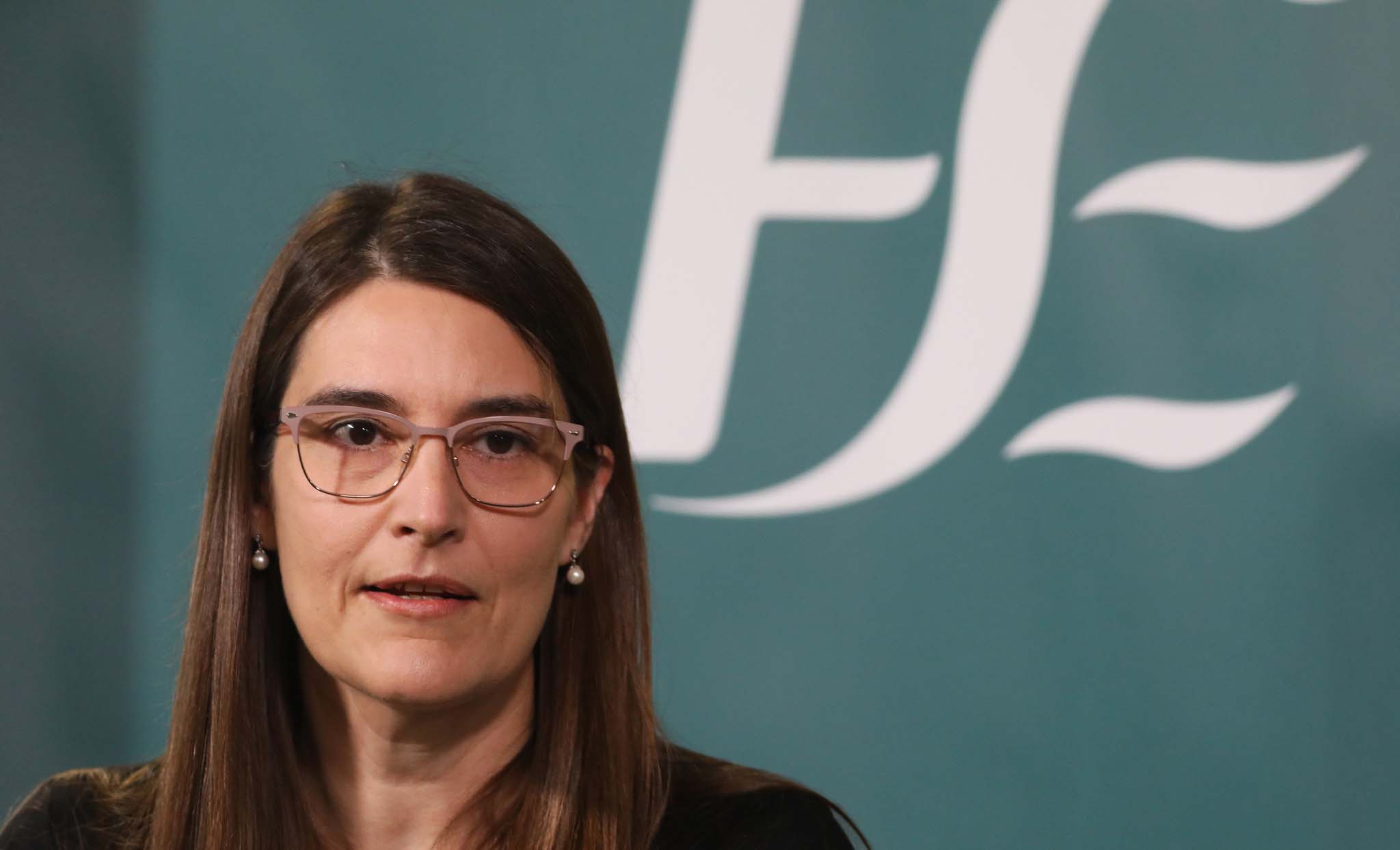
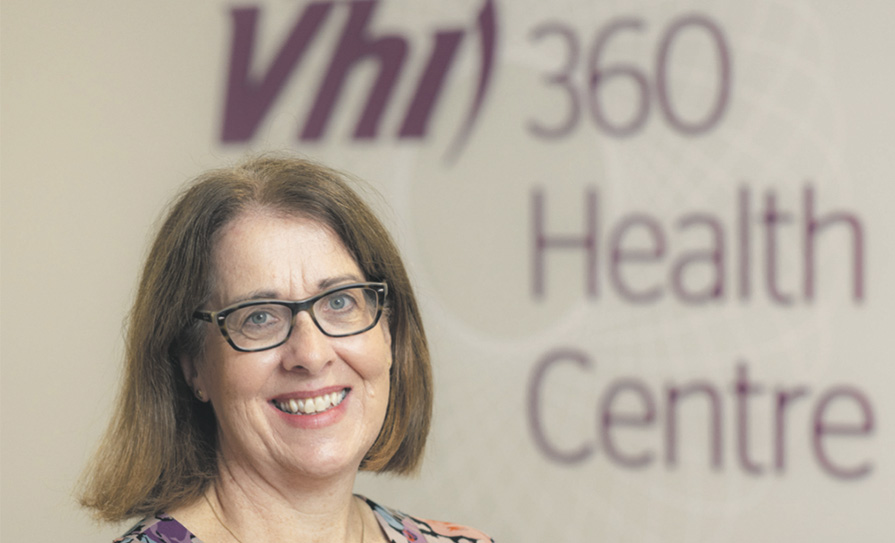


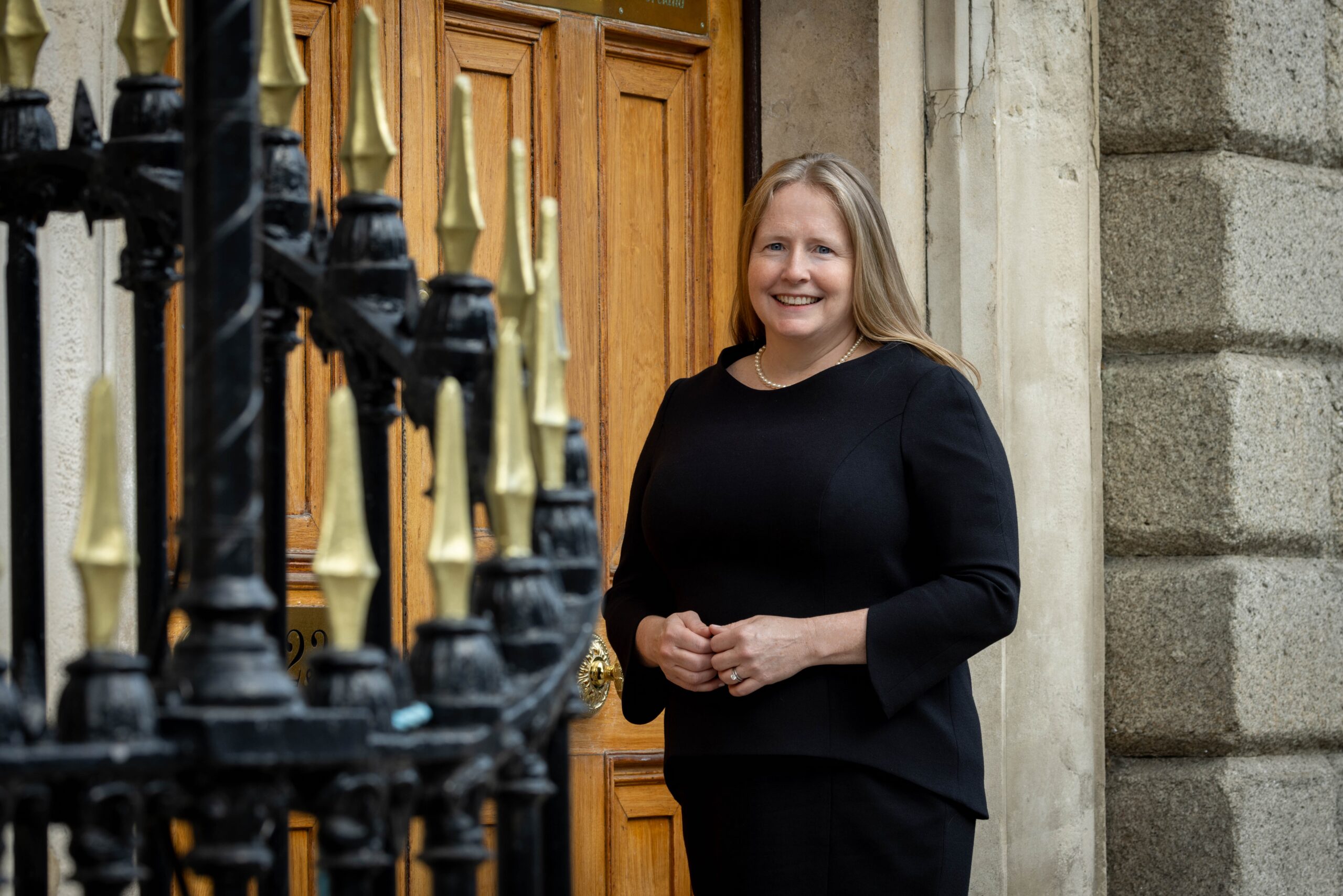




Leave a Reply
You must be logged in to post a comment.